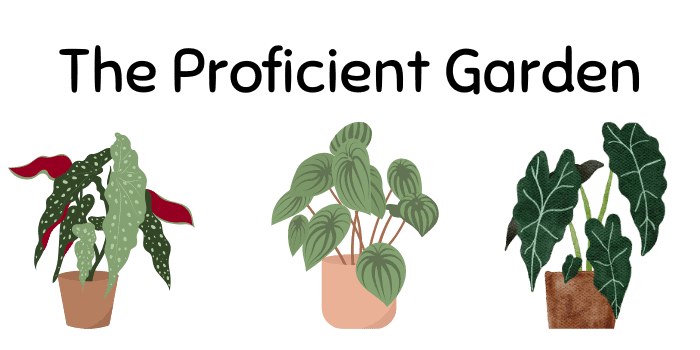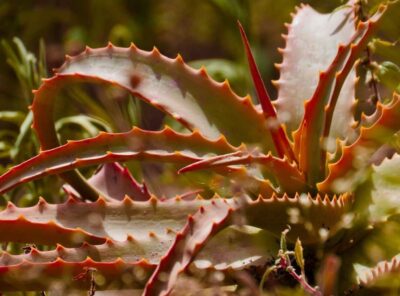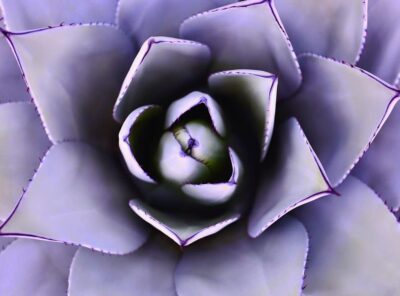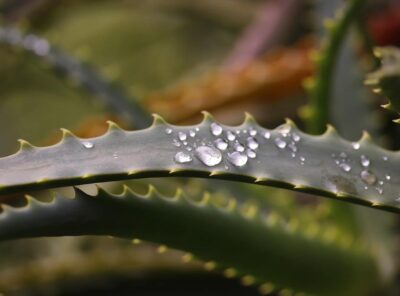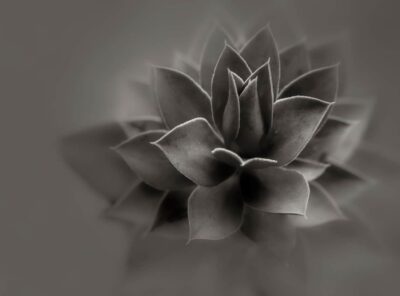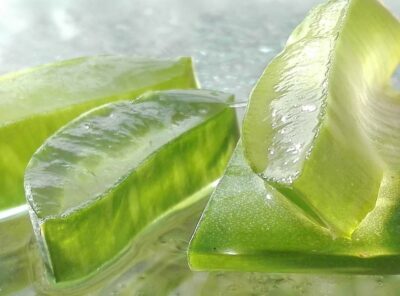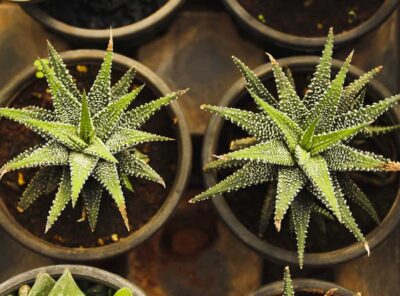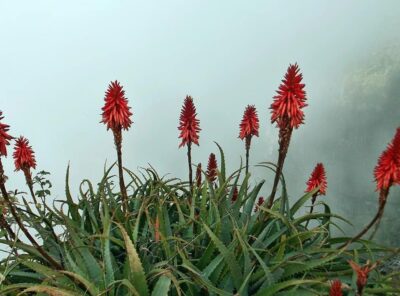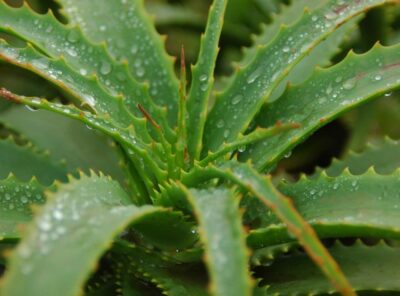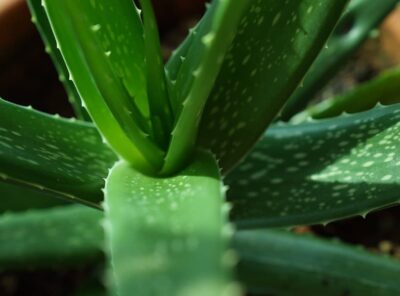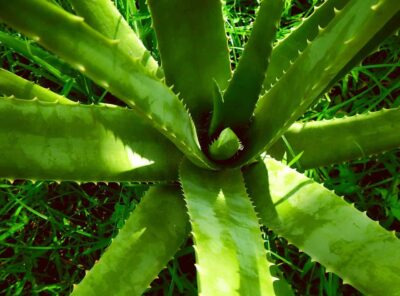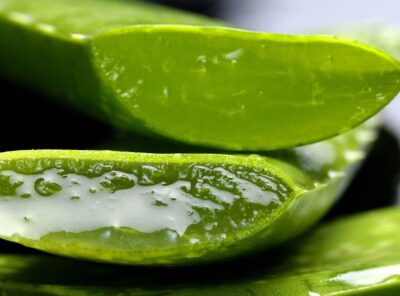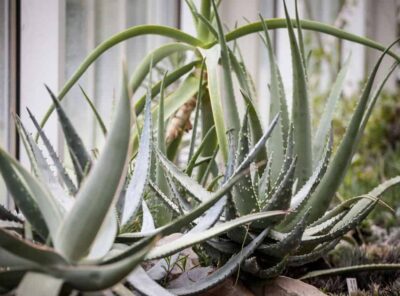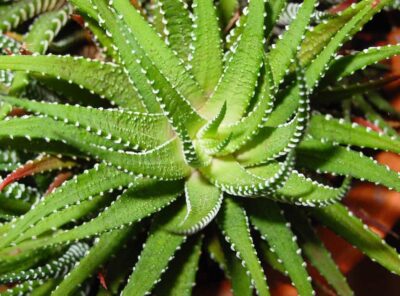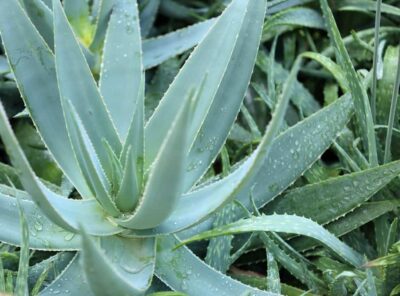Aloe Vera
Common Names: aloe
Latin Names: Aloe Vera, Aloe Africana, Aloe Arborescens, Aloe Barbadensis
Source: nccih.nih.gov
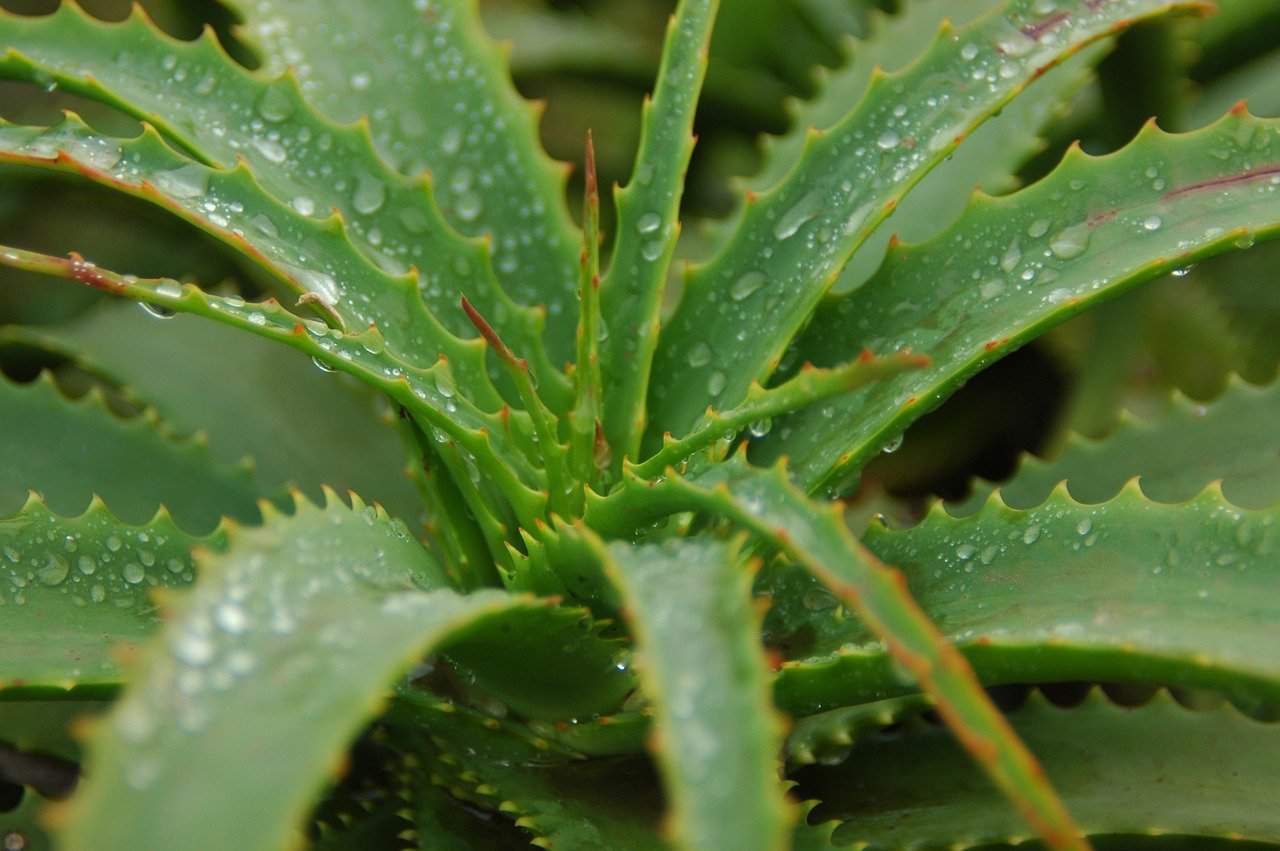
Introduction
The Aloe vera plant is one of the most ancient plants known to humanity. It belongs to the lily family and grows wild throughout many parts of Africa, Asia, Australia, North America, South America, and some countries in Central America. The word “Aloe” is believed to come from the Arabic language. It is said that the name Aloe vera is derived from the Arabic word alloeh, which means shining bitter substance. The name Vera in Latin means true.
In Ancient Egypt, Aloe vera was considered the panacea. It was used to treat wounds, burns, ulcers, cuts, sores, scabs, swellings, bruises, rashes, insect bites, fungal infections, toothaches, gout, arthritis, psoriasis, eczema, sunburn, acne, pimples, and even cancer.
Today, the Aloe Vera plant is widely cultivated worldwide and used in cosmetics and pharmaceutical products. It has become prevalent among people because of its healing properties. People use Aloe Vera to treat various diseases and conditions such as burns, cuts, inflammation, and skin allergies.
Anatomy
In its most basic form, aloe vera is a succulent plant that is native to tropical Africa. This plant has triangular, fleshly leaves with serrated edges and yellow tubular flowers and fruit that contain numerous seeds. Each leaf is composed of 3 layers: a clear inner gel that contains 98% water, and the rest is composed of polysaccharides, amino acids, lipids, sterols, and vitamins; a middle layer of latex which contains anthraquinones, glycosides, and phenolic compounds; and a thick outer layer of 15-20 cells called as rinder which has a protective function and produces carbohydrates and proteins. Inside the rinder are vascular bundles that transport substances like water (xylem), starch (phloem), and pectin.5
Active components with its properties: A lot of studies show that aloe vera contains 75 potentially active ingredients: vitamins, enzymes, mineral salts, sugars, lignins, saponins, phloroglucinols, salicylate derivatives, steroids, amino acids, and fatty acids
Background
Aloe is a cactus-like plant that grows in hot, dry climates. It is cultivated in subtropical regions worldwide, including the southern border areas of Texas, New Mexico, Arizona, and California.
Historically, aloe has been used for skin conditions and was thought to improve baldness and promote wound healing.
Source: nccih.nih.gov
Aloe vera is a cactus-shaped succulent plant from Africa. There are many succulent plants in the world, such as the aloe vera plant, which belongs to the lily family and is a succulent plant. Its scientific name is Aloe barbadensis Miller. Native to Africa, Asia, Australia, and North America, A. barbadensis is found throughout tropical and subtropical regions. In addition to being grown commercially, A. barbadense is widely distributed in nature. It is frequently seen growing along roadsides and in waste places.
It is often grown commercially for its leaves and harvested for medicinal purposes. Aloe has become increasingly popular in Western countries in recent decades because of its purported health benefits. In light of this increase in popularity, there has been an increased demand for aloe products, especially those marketed for topical application. Aloe has traditionally been a remedy for many ailments, such as sore throats, sunburns, wounds, and even balding.
The word “aloe” is derived from Arabic, called al-u’lū. Its botanical name is Aloe barbadensis miller, and it belongs to the Liliaceae family. Its leaves are commonly known as “aloe,” though the name derives from the Latin word aloë, meaning “foam.” In English, the term “vera” is sometimes applied to plants that contain latex, such as sapodilla and rubber trees.
The leaves are green and thin, ranging from 2 inches to 4 feet long. They grow in clusters of three to seven leaves, each with five lobes. The flowers are yellowish green and grow in spikes up to 3 feet tall. The fruit is a capsule containing numerous seeds.
The plant is widely grown throughout the tropics for its gel, which contains water, minerals, vitamins, proteins, enzymes, and carbohydrates. When ingested, aloe helps heal wounds and promotes healthy digestion, and topical application relieves pain and reduces inflammation.
Historically, aloe has been consumed as food, drunk as tea, and used to treat various ailments. For example, people in ancient Egypt used the plant’s juice to treat eye problems. Egyptians also drank the plant as a tonic and believed it could cure epilepsy. In addition, ancient Greeks and Romans used aloe to treat toothaches and gout, while medieval Arabs used it to treat rheumatism and fever.
In modern times, aloe has become increasingly popular among health enthusiasts and consumers looking for natural remedies. Today, aloe is sold in stores across North America and worldwide, often packaged alongside products like vitamin supplements, cosmetics, and dietary supplements.
History
In ancient times, people believed that eating Aloe barbadensis could cure diseases such as leprosy and scurvy. Because of this belief, aloe was often used medicinally during the Middle Ages. During the 19th century, aloe became popular in Europe as a treatment for sunburn and other skin problems. Today, aloe is still used for some types of skin ailments.
Today, aloe is also marketed as a dietary supplement. Some companies sell pills that contain extracts of Aloe barbadensis. Many brands of these products are available on the market today; some include Aloex, Aloe Vera Plus, Aloe Vera Juice, Aloe Vera Gel, Aloe Vera Toner, Aloe Vera Spray, and Aloe Vera Water, Aloe Vervain, and Aloe Verum.
Botany
- barbadensis contains several compounds called polysaccharides. One type of polysaccharide is known as aloin. Aloin is a bitter compound that gives aloe its distinctive taste. Another compound is aloesin. Aloesin is similar to vitamin B12 and helps the body absorb iron. Other substances include anthraquinones, beta-carotene, and flavonoids.
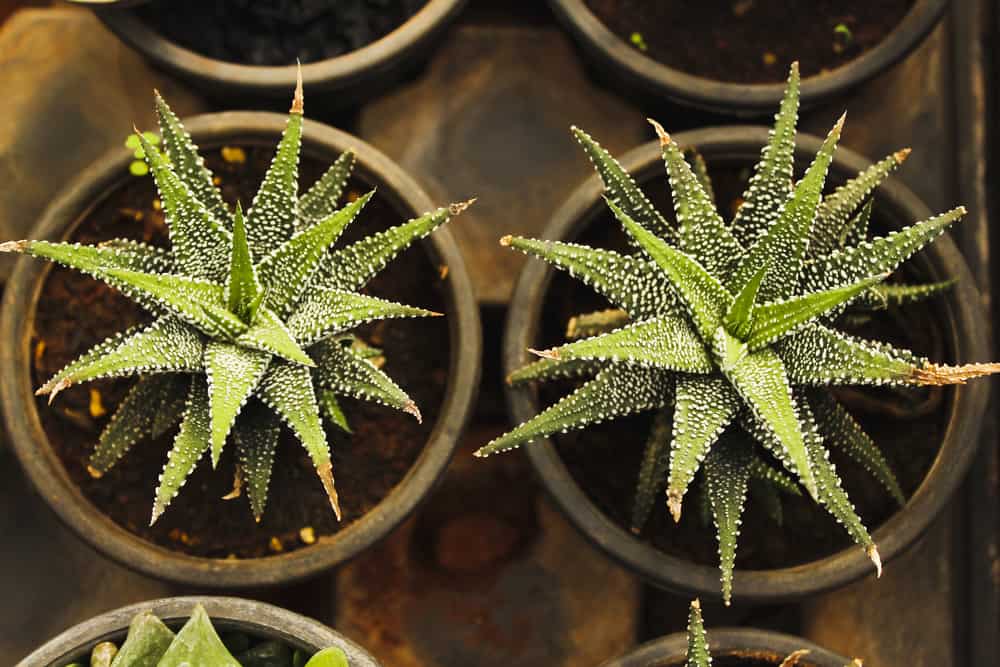
Etymology and common names
Aloe barbadensis (syn. A. luzonensis) is a species of aloe native to the Philippines. It was named after the island of Barbados, located in the Caribbean Sea.
In Latin America, aloe is called aguacate de olor (“avocado smell”). In Mexico, it is known as agua dulce (“sweet water”), and in Argentina, it is agua dulces (“sweet water”).
In India, aloe is known as kalmeghi.
In Africa, aloe is called amala.
In Australia, aloe is called aloewood.
In New Zealand, aloe is called kumara.
In South Africa, aloe is known variously as aloe, aloeskraal, aloeskudla, aloe-wood, aloe-water, aloe-wortels, aloe-waterblommetjie, aloe-waterboom, aloe-waterbome, aloe-waterbolle, aloe-waterbulletjie, aloeveenbos, aloe-waterbush, aloe-waterbuck, aloe-waterbusselijn, aloe-waterbuutjie, aloe waterbush, aloe-watersnep, aloe-watersnoer, aloe-waterspruitjie, aloe waterspruitjie, and aloe-watersputjie.
In the United States, aloe is commonly referred to as aloe vera.
Other common names include aloe, aloe latex, aloe juice, aloe vera, aloe vera gel, aloe vera juice, aloe vera gel, aloe vera extract, aloe vera sap, aloe vera syrup, aloe vera tea, aloe vera water.
What Is Aloe Vera?
Aloe vera is a plant extract that is made from the gel that is extracted from the leaves of aloes known as aloe vera. Ancient Egyptians called it the “elixir of life,” while ancient Romans believed it could cure everything from baldness to gout. Today, people still use aloe vera for skin care, and several brands sell it in pill form.
Many people think they know what aloe vera looks like because they see it in stores or online. But there are several types of aloe vera, each with different properties. Here’s what you need to know about the different kinds of aloe vera.
There are plenty of things you shouldn’t put in your mouth, like bleach and gasoline, but aloe vera isn’t one of them. You can eat it, drink it (in moderation), or rub it onto your skin.
There is an active ingredient in aloe vera known as aloin, and it contains compounds that help fight bacteria and viruses. It’s also rich in antioxidants, vitamins A and E, and minerals such as iron, calcium, zinc, potassium, magnesium, phosphorus, copper, manganese, sodium, and sulfur.
There is a gel called aloe vera that is extracted from the leaves of aloes grown throughout Africa and Asia. It contains water, carbohydrates, proteins, vitamins A, B1, B2, B3, B6, D, E, K, calcium, iron, magnesium, phosphorus, potassium, zinc, copper, manganese, selenium, iodine, and niacin. Many people are claiming it is a natural remedy for a variety of ailments, such as burns, sunburns, cuts, scrapes, bruises, rashes, acne, psoriasis, eczema, dermatitis, herpes, chicken pox, shingles, ringworm, athlete’s foot, diaper rash, and even HIV/AIDS.
Modern-day research into aloe vera’s benefits is mixed. Many studies show that aloe vera can cause cancer in lab rats. However, other studies suggest it can help prevent cancer, reduce inflammation, boost immunity, lower cholesterol levels, improve liver health, treat diabetes, and relieve arthritis pain.
No foods contain the active ingredients found in aloe vera; therefore, they must be taken in either liquid or gel form. Chronic use of aloe vera products is discouraged due to potential side effects such as nausea, diarrhea, vomiting, abdominal cramps, headaches, dizziness, and allergic reactions.
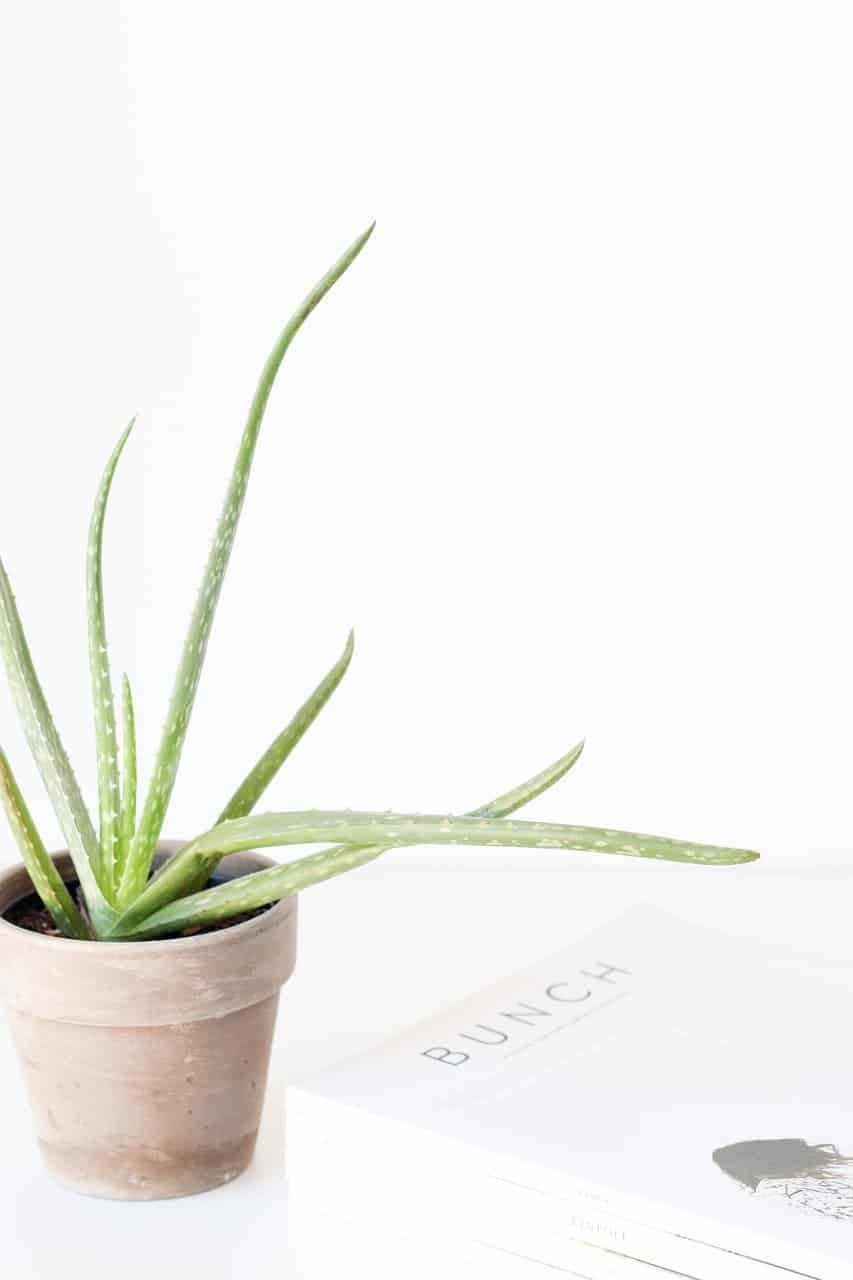
How Much Do We Know About Cultivation?
Cultivating aloe vera is an art form. The plants require specific conditions to grow appropriately, including high humidity, low light intensity, and temperatures between 70°F and 85°F. There is no better time to harvest the plant than during its dormant period when it is not producing new growth. This means gathering at least two weeks before the first flowers appear.
Harvesting the plant involves removing the outer layer of the leaf using a sharp knife. Next, you will need to slice off the base of the leaf where it meets the stem. Next, peel away the green portion of the leaf until only the clear gel remains. Finally, cut the gel into small pieces and squeeze out any remaining moisture.
You’ll notice that some aloe vera have thicker stems than others. As long as the widest part of your plant is intact, it is advisable to leave the widest part intact so the plant will continue growing. Otherwise, remove all aspects of the plant except for the gel.
Once you’ve harvested your aloe vera, store it in a cool place, preferably in the refrigerator. Keep it in a glass container with a tight-fitting lid. Don’t expose it to direct sunlight or heat because these factors can damage the gel.
The shelf life of fresh aloe vera varies depending on how long you keep it. Fresh aloe vera should last about one week if stored in the refrigerator. However, exposure to air loses its healing properties within 24 hours. Therefore, it’s recommended that you buy aloe vera in large quantities and refrigerate it immediately after purchase.
What Are Some Ways To Use Aloe Vera?
Aloe vera is used in many different ways. Consume it, there are many ways you can do so. For example, eating it alone, adding it to smoothies, mixing it into salad dressings, making it into juice, putting it on ice cream, or using it as a skin moisturizer.
The most common way to consume aloe vera is through a topical application. For example, you could apply aloe vera to burns, scrapes, or other wounds. Or, you could rub it onto your face to soften wrinkles.
If you’re interested in adding aloe vera to your diet, you can drink it or mix it with fruit juices. In addition, you can combine aloe vera with honey, lemon, or lime juice to create a delicious cocktail.
To learn about aloe vera, check out our article: What Is Aloe Vera?
